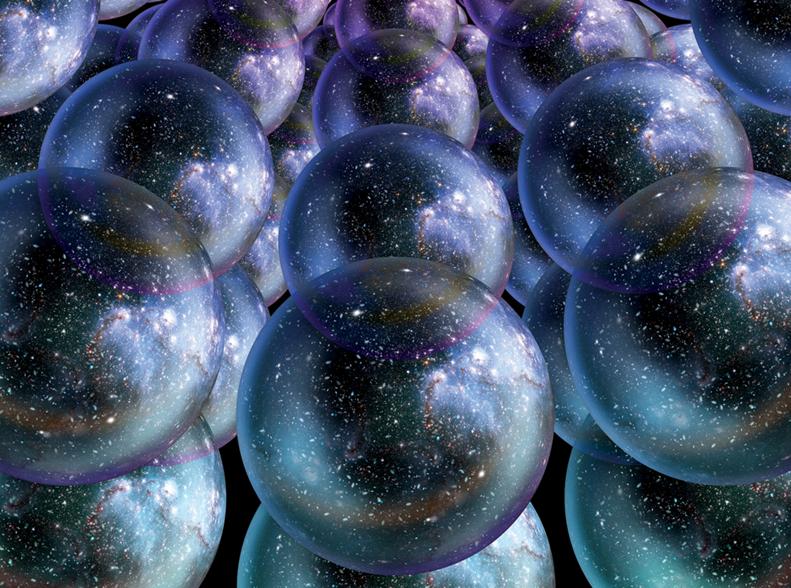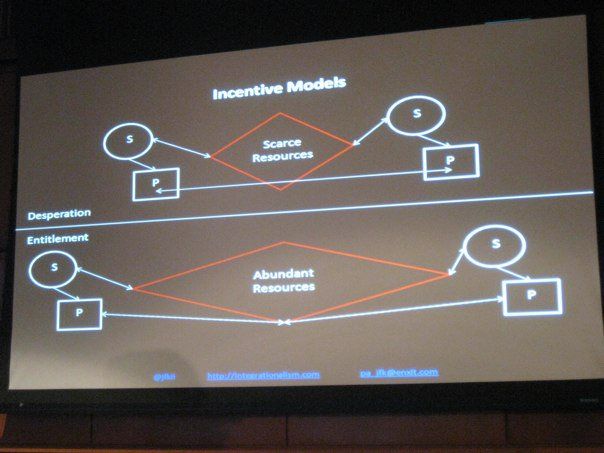This year marks the 100th anniversary of the Titanic disaster in 1912. What better time to think about lifeboats?
One way to start a discussion is with some vintage entertainment. On the centenary weekend of the wreck of the mega-liner, our local movie palace near the Hudson River waterfront ran a triple bill of classic films about maritime disasters: A Night to Remember, Lifeboat, and The Poseidon Adventure. Each one highlights an aspect of the lifeboat problem. They’re useful analogies for thinking about the existential risks of booking a passage on spaceship Earth.

A Night to Remember frames the basic social priorities: Should we have lifeboats and who are they for? Just anybody?? When William McQuitty produced his famous 1958 docudrama of the Titanic’s last hours, the answers were blindingly obvious – of course we need lifeboats! They’re for everyone and there should be enough! Where is that moral certainty these days? And whatever happened to the universal technological optimism of 1912? For example, certain Seasteaders guarantee your rights – and presumably a lifeboat seat – only as long as your dues are paid. Libertarians privatize public goods, run them into the ground, squeeze out every dime, move the money offshore, and then dictate budget priorities in their own interest. Malthusians handle the menu planning. And the ship’s captain just might be the neo-feudal Prince Philip, plotting our course back to his Deep Green Eleventh Century.

Alfred Hitchcock’s Lifeboat deals with the problems of being in one. For a very long time – unlike the lucky stiffs on the Titanic, who were picked up in 2 hours. Specifically, it’s about a motley group of passengers thrown together in an open boat with short provisions, no compass, and no certain course. And, oh yes, the skipper is their mortal enemy: The lifeboat is helmed by the U-boat commander who torpedoed their ship. He overawes them with seafaring expertise and boundless energy (thanks to the speed pills in his secret stash) and then lulls them by singing sentimental German lieder. At night, the captain solves his problems of supply and authority by culling the injured passengers while everyone’s asleep. He tells the survivors they’re going to Bermuda. They’re actually headed for a rendezvous with his supply ship – and from there the slow boat to Buchenwald. The point of Lifeboat is simple: What can you do in your life and environment so you never, ever end up in one?

Risk avoidance is the moral of The Poseidon Adventure. A glorious old ocean liner, the Poseidon, is acquired by new owners who plan to scrap it. But these clever operators maximize shareholder value by billing the ship’s final voyage as a New Year’s cruise to Greece. They take on every paying passenger they can find, barter with a band to get free entertainment, and drive the underloaded ship hard and fast into the stormy winter Mediterranean over the protests of the captain and seasick travelers. At this point an undersea earthquake triggers a 90-foot tsunami, and despite ample warnings this monster wave broadsides the top-heavy liner at midnight, during the New Year’s party. First the ball drops. Then the other shoe drops. The result is the ultimate “Bottoms Up!”
And the takeaway of The Poseidon Adventure applies to all of the films and to life in general, not to mention the next few generations on the planet. As David McCollough’s famously concluded in The Johnstown Flood, it can be a fatal assumption ‘that the people who were responsible for your safety will act responsibly.’
You can have a ripping good time watching these old movies. And as futurists, sociologists, planners, catastrophists, humanists or transhumanists, you can conjure with them, too. Icebergs and U-boats have ceased to menace – of cruise ships, I say nothing.
But the same principles of egalitarianism, legitimacy, non-beligerence and prudential planning apply to Earth-crossing asteroids, CERN’s operations and program, Nano-Bio-Info-Cogno manipulations, monetary policy and international finance, and NATO deployments present and future.
Or do they? And if they do, who says so?

CC BY-NC-ND Clark Matthews and The Lifeboat Foundation

Earth’s Titanic Challenges by Clark Matthews is licensed under a Creative Commons Attribution-NonCommercial-NoDerivs 3.0 Unported License.
Permissions beyond the scope of this license may be available at https://lifeboat.com.






